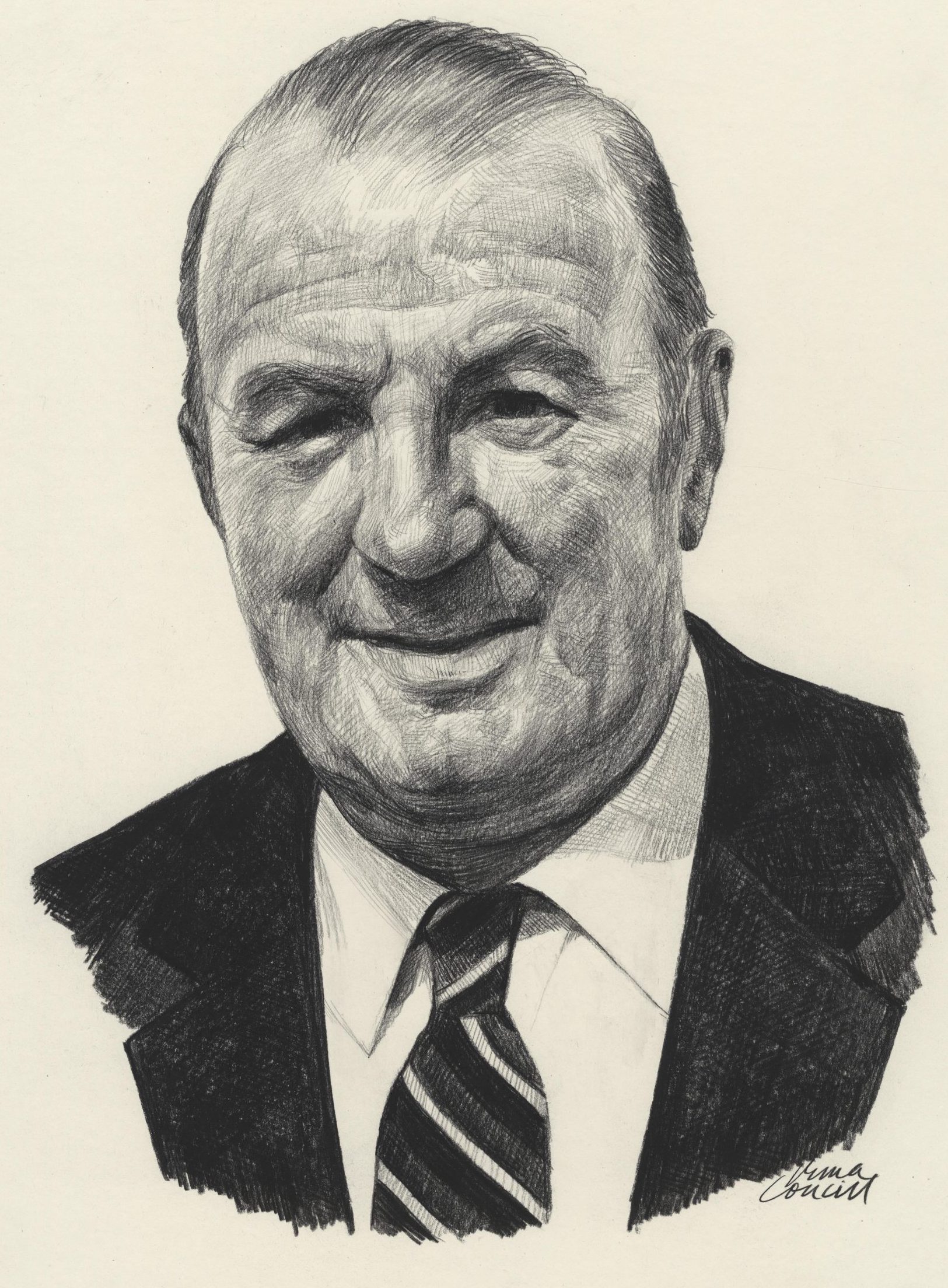Leonard John Tripp

Nickname: Len
Birth Date: May 21, 1896
Birthplace: St. Keverne, Cornwall, England
Death Date: February 28, 1985
Year Inducted: 1974
The application of his superlative skills as a flight instructor to two generations of Canadians for nearly a half century, despite adversity, has been of outstanding benefit to Canadian aviation
The Light Infantry Regiment
Leonard John (Len) Tripp was born in St. Keverne, Cornwall, England, on May 21, 1896, where he was educated. At the outbreak of World War 1, he enlisted in the Duke of Cornwall's Light Infantry Regiment and was ordered to combat in France in 1915. The following year he was granted a commission for services in the field. He was wounded in 1916 and sent to hospital in England, where, on recovery he transferred to the Royal Flying Corps (RFC) for pilot training.
The Royal Flying Corps
Tripp learned to fly at Hounslow, England, flying an Avro 504K. He was posted back to France after graduation, as a RE-8 pilot with No. 6 Squadron. He transferred to No. 48 Squadron where he flew Bristol fighters with H.A. 'Doc' Oaks. Tripp was shot down and crashed in what was known as 'No Man's Land'. He escaped to the Allied lines after two days and was hospitalized. On recovery he was assigned to flight instruction duties at Hounslow, England, until the war ended in 1918. He accepted a short-term commission with the Royal Air Force (RAF) as an instructor. In 1923 he left the service and immigrated to Canada.
Jack V Elliot Flying School
In 1924 Tripp was employed by the Ontario government's Forest Air Service at Sudbury and Sioux Lookout piloting Curtiss HS-2L flying boats. In 1926 he left to help found the Jack V. Elliot Flying School at Hamilton, Ontario. He remained there as Chief Instructor until 1929, when he moved to St. Catharines to found that city's flying club.
In 1927 Len Tripp did some barnstorming and stunt flying from May to November. He described one episode: a gentleman contracted to have Tripp fly out over a lake with an inner tube tied to the undercarriage. The passenger climbed out of the cockpit, hooked his legs through the inner tube and hung head down. But the weight of his body stretched the tube, and he began to swing far out, making it difficult to control the aircraft. Tripp cut that stunt short, we are not sure how he got the man back in the aircraft!
Flight Instructor
Tripp's outstanding skills as a flight instructor were recognized by Leavens Brothers Air Services, which hired him in 1936 as instructor at Barker Field, Toronto, Ontario. At the outbreak of World War II, he became Chief Instructor and General Manager. He administered that firm's contract to train pilots for the Elementary Flying Training School, a program for the British Commonwealth Air Training Plan (BCATP). At this time, he had instructed more students to licence standards than any other pilot in Canada.
During 1944 he opened his own flying training school at Barker Field at Toronto and remained the dean of Canadian flight instructors until his retirement from active flying in 1962. He then joined Legatt Aircraft at Buttonville, Ontario, in sales and service until he retired in 1968. He died at Newcastle, Ontario, on February 28, 1985.
Leonard John (Len) Tripp was inducted as a Member of Canada's Aviation Hall of Fame in 1974 at a ceremony held at Edmonton, Alberta.
To return to the Inductee Page, please click here.
